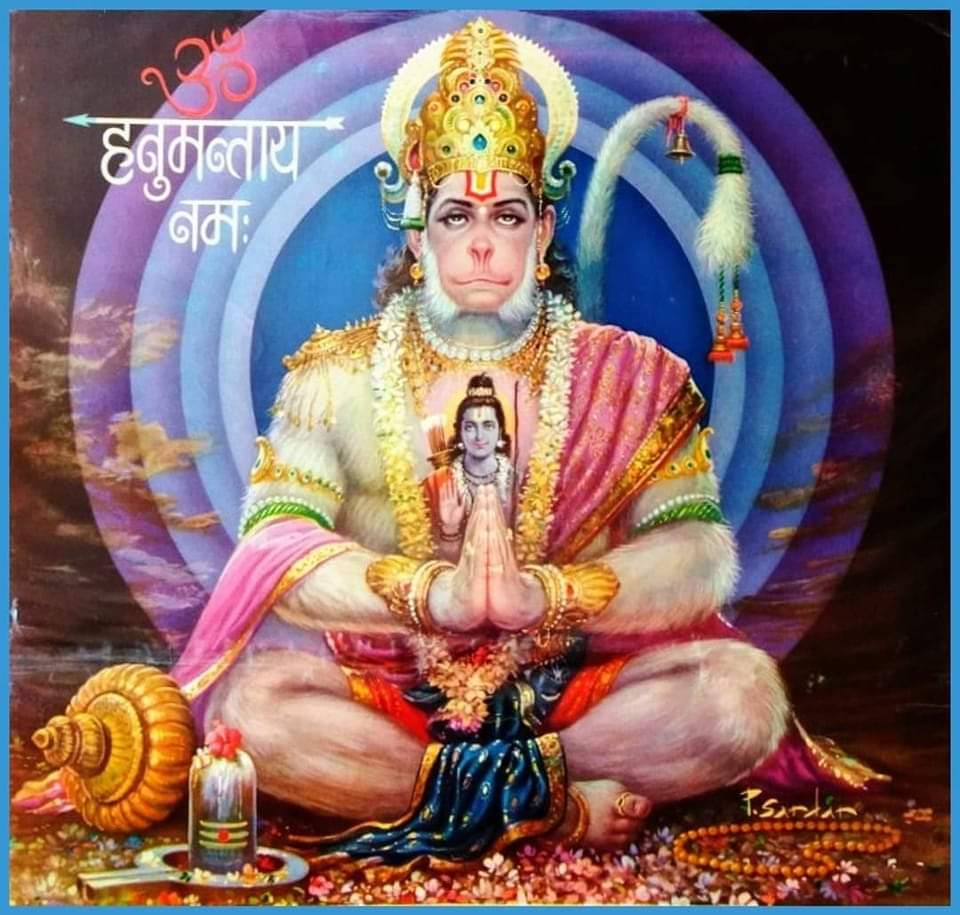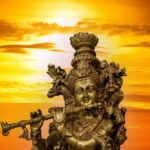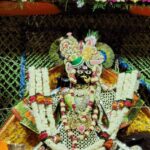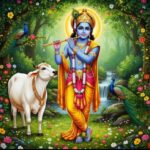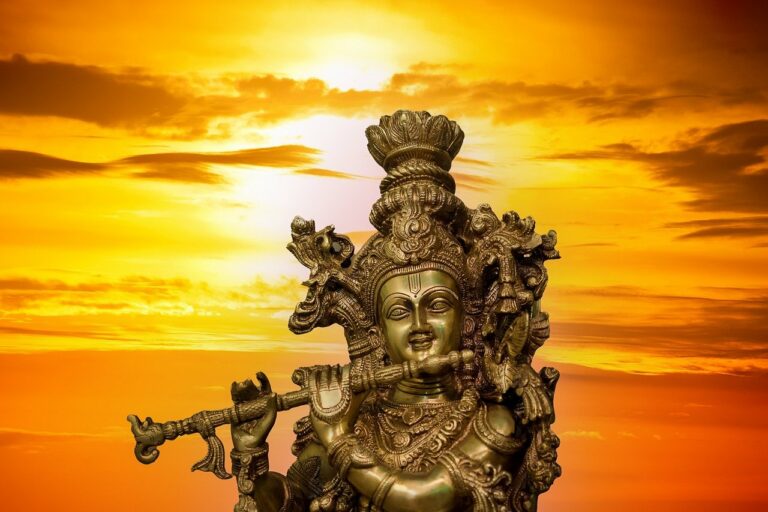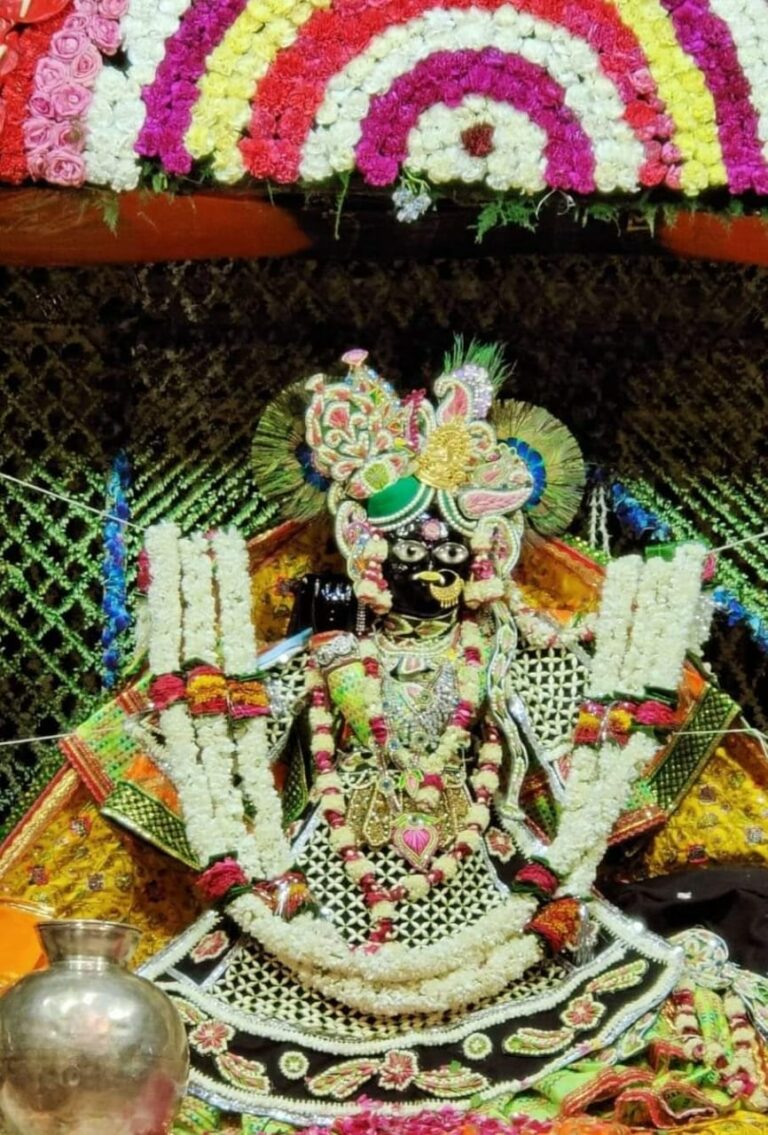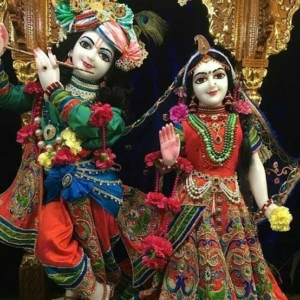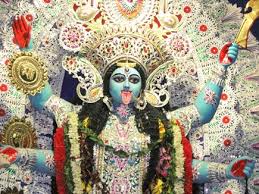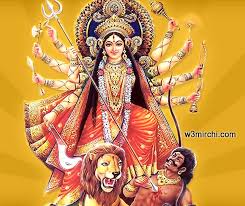।। नमो आंजनेयम् ।।
जीवन में उन्नति के तीन मार्ग कहे गये है- ज्ञान, कर्म और भक्ति।
ज्ञान में होश है। कर्म में उपलब्धि और भक्ति में समर्पण है।
अतः तीनों ही जीवन को पूर्णता की ओर ले जाते हैं पर मानव को तो कर्म करने का ही अधिकार मिला है और वास्तव में यह बहुत बड़ा अधिकार है इसके चार भाग भाव, इच्छा, कर्म और फल
इन सभी का शोधन योग का विषय है। साधना काल में हम बहिमुर्खता से अंतमुर्खता में आते हैं और आत्म स्वरूप अवस्था ग्रहण करते हैं। साधना में सफलता प्राप्ति सहज नहीं होती अनेक विघ्न आते हैं और उचित उपाय से दूर कर सकते हैं-
१- तत्प्रतिषेधार्थमेकतत्त्वाSभ्यास:।
योग के उपरोक्त विघ्नों के नाश के लिए एक तत्त्व ईश्वर का ही अभ्यास करना चाहिए। ॐ का जप करने से ये विघ्न शीघ्र ही नष्ट हो जाते हैं।
२- मैत्रीकरुणामुदितोपेक्षाणां सुख दुःख।
पुण्यापुण्य विषयाणां भावनातश्चित्त प्रसादनम्।।
सुखी जनों से मित्रता, दु:खी लोगों पर दया, पुण्यात्माओं में हर्ष और पापियों की उपेक्षा की भावना से चित्त स्वच्छ हो जाता है और विघ्न शांत होते हैं।
३- प्रच्छर्दनविधारणाभ्यां वा प्राणस्य:।
श्वास को बार-बार बाहर निकाल कर रोकने से उपरोक्त विघ्न शांत होते हैं इसी प्रकार श्वास भीतर रोकने से भी विघ्न शांत होते हैं।
४- विषयवती वा प्रवृत्तिरुत्पन्ना मनसः स्थितिनिबन्धिनी।
दिव्य विषयों के अभ्यास से उपरोक्त विघ्न नष्ट होते हैं।
५- विशोका वा ज्योतिष्मती।
हृदय कमल में ध्यान करने से या आत्मा के प्रकाश का ध्यान करने से भी उपरोक्त विघ्न शांत हो जाते हैं।
६- वीतरागविषयं वा चित्तम्।
रागद्वेष रहित संतों, योगियों, महात्माओं के शुभ चरित्र का ध्यान करने से भी मन शांत होता है और विघ्न नष्ट होते हैं।
७- स्वप्ननिद्राज्ञानालम्बनं वा।
स्वप्न और निद्रा के ज्ञान का अवलंबन करने से, अर्थात योगनिद्रा के अभ्यास से उपरोक्त विघ्न शांत हो जाते हैं।
८- यथाभिमतध्यानाद्वा।
उपरोक्त में से किसी भी एक साधन का या शास्त्र सम्मत अपनी पसंद के विषयों में ध्यान करने से भी विघ्न नष्ट होते हैं।
योग-साधना में १४ प्रकार के विघ्न आते हैं-
व्याधिस्त्यान-संशय-प्रमाद-आलस्य-अविरति-भ्रान्तिदर्शन।
अलब्धभूमिकत्व अनवस्थितत्वानि चित्त विक्षेपस्ते अंतराया:।
दु:ख-दौर्मनस्य अङ्गमेजयत्व-श्वास-प्रश्वासा विक्षेप सह्भुवः।।
१- व्याधि।
शरीर एवं इन्द्रियों में किसी प्रकार का रोग उत्पन्न हो जाना।
२- स्त्यान।
सत्कर्म साधना के प्रति होने वाली लापरवाही, अप्रीति, जी चुराना।
३- संशय।
अपनी शक्ति या योग प्राप्ति में संदेह उत्पन्न होना।
४- प्रमाद।
योग साधना में लापरवाही बरतना।
५- आलस्य।
शरीर व मन में एक प्रकार का भारीपन आ जाने से योग साधना नहीं कर पाना।
६- अविरति।
वैराग्य की भावना को छोड़कर सांसारिक विषयों की और पुनः भागना।
७- भ्रान्ति दर्शन।
योग साधना को ठीक से नहीं समझना विपरीत अर्थ समझना सत्य को असत्य और असत्य को सत्य समझना।
८- अलब्धभूमिकत्व।
योग के लक्ष्य की प्राप्ति नहीं होना। योगाभ्यास के बावजूद भी साधना में विकास नहीं दिखता है इससे उत्साह कम हो जाता है।
९- अनवस्थितत्व।
चित्त की विशेष स्थिति बन जाने पर भी उसमें स्थिर नहीं होना।
१०- दु:ख।
तीन प्रकार के दु:ख-
आध्यात्मिक, आधिभौतिक और आधिदैविक।
११- दौर्मनस्य।
इच्छा पूरी नहीं होने पर मन का उदास हो जाना या मन में क्षोभ उत्पन्न होना।
१२- अङ्गमेजयत्व।
शरीर के अंगों का कांपना।
१३- श्वास।
श्वास लेने में कठिनाई या तीव्रता होना।
१४- प्रश्वास।
श्वास छोड़ने में कठिनाई या तीव्रता होना।
।। जय श्री रामभक्त हनुमान ।।
।। Namo Anjaneyam.
There are three ways of progress in life – knowledge, action and devotion.
There is consciousness in knowledge. There is achievement in action and dedication in devotion.
Therefore, all three lead life towards perfection, but man has got the right to do work and in fact it is a very big right, its four parts are emotion, desire, action and fruit. The purification of all these is the subject of yoga. In the period of spiritual practice, we come from extroversion to introversion and attain the state of self. Achieving success in spiritual practice is not easy, many obstacles come and can be overcome by proper measures-
1- The practice of one elementS to forbid it.
To destroy the above obstacles of yoga, one element of God should be practiced. By chanting Om, these obstacles are destroyed soon.
2- Friendship, compassion, joy, happiness and sorrow. The satisfaction of the mind by the feeling of pious and pious objects.
Friendship with the happy people, kindness towards the sad people, joy in the pious and neglect of the sinners, the mind becomes clean and the obstacles are calm.
3- or by the covering and holding of the life-force.
By holding the breath out again and again, the above obstacles are pacified, in the same way, by stopping the breath inside, the obstacles are also pacified.
4- Objective or instinct arising and bound by the state of the mind.
The above obstacles are destroyed by the practice of divine subjects.
5- Vishoka or Jyotishmati.
By meditating on the lotus of the heart or by meditating on the light of the soul, the above obstacles are pacified.
6- or the mind devoid of passion.
Even meditating on the auspicious character of saints, yogis, mahatmas without attachment, the mind becomes calm and obstacles are destroyed.
7- Or dependence on dreams, sleep and ignorance.
By relying on the knowledge of dreams and sleep, that is, by the practice of Yoga Nidra, the above obstacles are pacified.
8- or by meditation as desired.
Obstacles are also destroyed by meditating on any one of the above means or on the subjects of your choice according to the scriptures.
There are 14 types of obstacles in yoga practice.
Sickness, doubt, negligence, laziness, incessant delusion. The unattained grounding, the unsteadiness, the distraction of the mind, are the differences. Pain and mental distress are the causes of limb conquest – breathing and breathing disturbances.
1- Disease. Occurrence of any kind of disease in the body and senses.
2- Location. Negligence, dislike, stealing towards doing good deeds.
3- Doubt. Doubt arising in one’s power or attainment of Yoga.
4- Pramad. Negligence in yoga practice.
5- Laziness. Unable to do yoga practice due to a kind of heaviness in the body and mind.
6-Continuity. Leaving the feeling of quietness, running towards worldly subjects again.
7-Illusion Darshan. Not understanding Yoga Sadhana properly, understanding the opposite meaning, considering truth as untruth and untruth as truth.
8-Albhadbhumikatva. Non-attainment of the goal of yoga. Inspite of practicing yoga, there is no progress in spiritual practice, due to which the enthusiasm decreases.
9- Absistence. Even after having a special state of mind, not being stable in it.
10- Sorrow. Three types of sorrow- The spiritual, the physical and the divine.
11-Dourmansya. When the desire is not fulfilled, the mind becomes sad or anger arises in the mind.
12- Angmejayatva. Trembling of body parts.
13- Breathing. Difficulty or rapidity in breathing.
14- Breathing. Difficulty or rapidity in exhaling.
, Jai Shri Ram devotee Hanuman.

